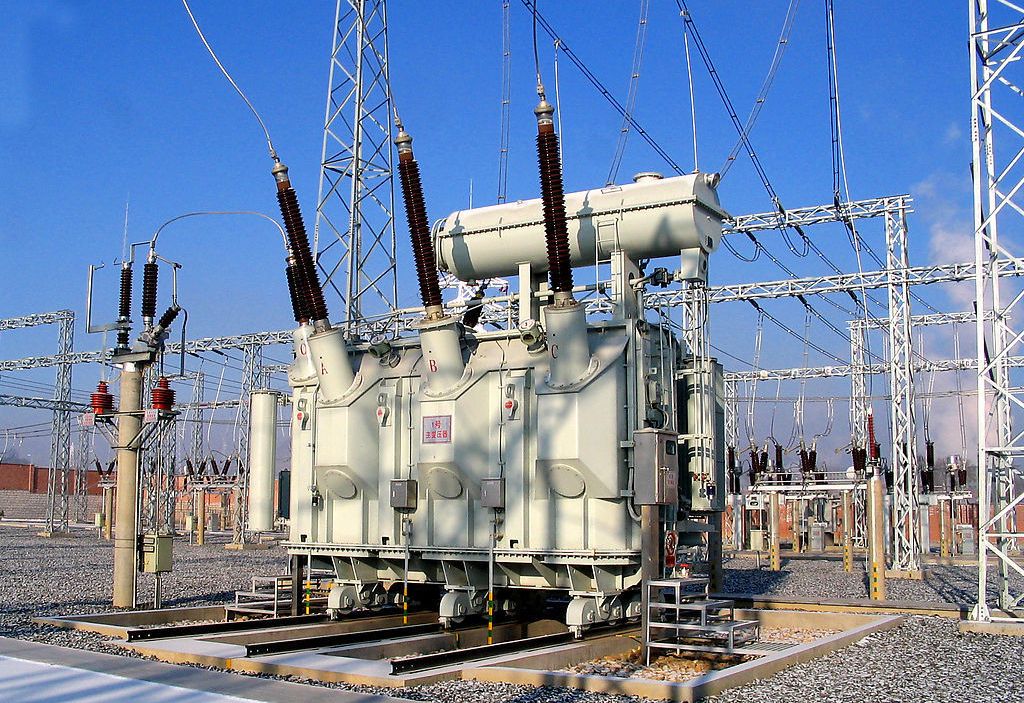- March 25, 2023
A Guide To The Process Of Construction Of An Electrical Transformer
An electrical transformer is a device used to transfer electrical energy from one circuit to another, usually from a higher voltage to a lower voltage. It works by using the principle of electromagnetic induction, which is the production of an electromotive force in a coil of the wire due to the changing magnetic field. The construction of an electrical transformer is a complex process involving multiple steps and components.
1 Core Construction
The core of an electrical transformer is usually made of thin sheets of laminated steel and is wound with insulated copper wire. Its purpose is to provide an efficient path for the magnetic flux generated by the primary and secondary windings. This magnetic flux is necessary to induce an electromotive force in the secondary winding and thus transfer electrical energy.

2 Windings
The primary and secondary windings of an electrical transformer are made of insulated copper wire and are wound around the core. The primary winding is connected to a power source, while the secondary winding is connected to the load. The number of turns and the amount of current flowing through the primary and secondary windings determine the voltage transformation ratio.
3 Tank Assembly
The transformer tank is made of steel and is designed to provide secure and safe housing for all the components. It also serves to reduce the level of radio-frequency interference created by the transformer. The tank is filled with an insulating material such as mineral oil, which helps to cool the transformer and minimize electrical losses.
By understanding the process of construction, it is possible to ensure that the transformer is capable of delivering reliable and efficient performance.